In our pursuit of clean, safe, and refreshing hydration, finding the best water purification method is paramount. We know water is essential for our survival, constituting a significant portion of our bodies and playing a vital role in maintaining our overall health. However, you may have also seen some news about water pollution in your city. Contaminants are growing concerns, ensuring access to clean and safe drinking water has become more important than ever. And you've probably already witnessed something similar to the cases below.
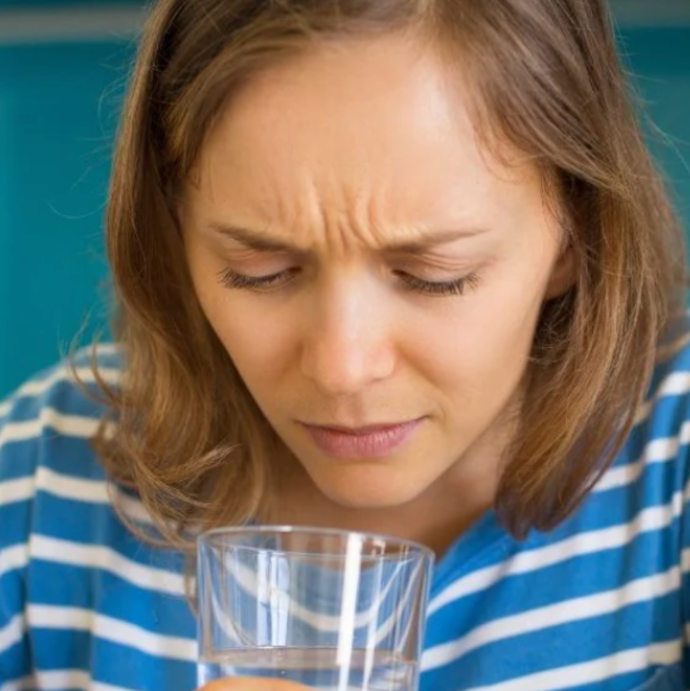
Taste and Odors
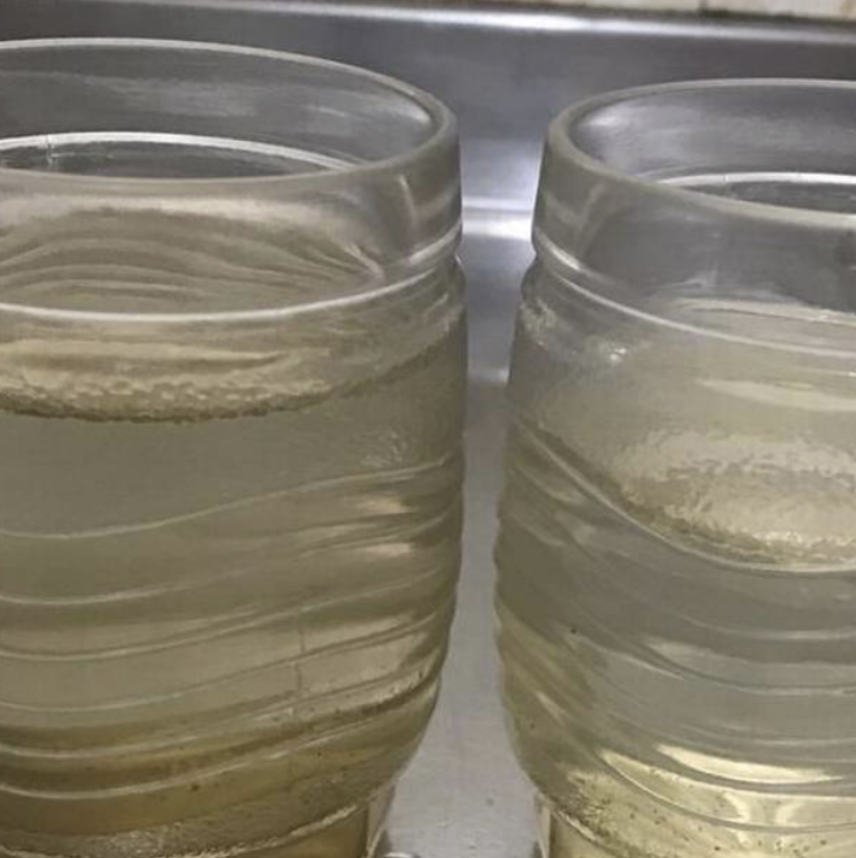
Strange Color

Diarrhea and Stomach pains
There are several water purification methods available that can eliminate impurities from your water...
but which water purification method should I choose?
Here, we will explore the water purification methods. Whether you're an outdoor enthusiast seeking potable water in the wilderness or a health-conscious individual looking for the purest form of hydration at home, we've got you covered.
Let's dive into the best water purification methods and take a step closer to a healthier and more hydrated you and your family.
1. Boilling
The simplest method to purify water is to boil it for a good amount of time. High temperatures cause the bacteria and virus to dissipate, removing some impurities from the water. In doing so, chemical additions cease to exist in the water as well. However, the dead micro-organisms and impurities settle at the bottom of the water, and boiling does not help eliminate all the impurities. Hence boiling water is not an effective water purification method.

2. Solar Purification
An alternative to the UV filtration is solar water purification which involves treating water with the ultraviolet radiation of the sun. The process involves filling a transparent container with water, shaking it to activate the oxygen, and leaving it horizontally in the sunlight. This effectively kills bacteria and viruses present in the water, making it safe for consumption. However, these impurities remain in the water making this a poor alternative to a water filter.
3. UV Radiation
Water is exposed to UV Light that kills microorganisms, thereby preventing them from breeding further. But if not coupled with another filters used nowadays, UV Radiation alone cannot remove impurities and heavy metals. Therefore, a water filter or water purifier is necessary
4. Distillation
Distillation is a water purification process that involves collecting the condensed water after evaporation, which ensures that water is free of contaminants. However, this isn’t a effective filter because it is time-consuming and eliminates minerals as well.
5. Water Chlorination
This is an older technique used usually during an emergency, wherein a mild bleach with approximately 5% chlorine is added to the water. This mixture works as an oxidant and quickly kills microorganisms, making water ‘safe’ for consumption. However, water companies add this chemical to the water supply in large quantities. A chemical that is a proven carcinogen.
6. Activated Carbon
The activated carbon water filter method is a popular and this cheaper technique is used to improve the quality and taste of drinking water. This filter is derived from materials like coconut shells or coal, undergoes a process that creates a porous structure with a large surface area. When water passes through the activated carbon filter, the tiny pores trap and adsorb impurities and contaminants, including chlorine, volatile organic compounds (VOCs), and certain chemicals. These filters are commonly used in various water filtration systems, including faucet filters, pitcher filters, and under-sink units.
While carbon filters are effective at reducing certain impurities and improving the taste of water, relying solely on a carbon filter may not provide a complete and comprehensive water filtration solution. Carbon filters primarily target organic compounds, chlorine, and odors, but they may not effectively remove other contaminants such as heavy metals, bacteria, viruses, or dissolved solids.
7. Stone Boiling
Take some stones, wash them and throw them in the embers of a hot fire. Once the stones are hot enough, they can be removed with wooden tongs and placed in your water container. If the water doesn't come to a boil within seconds of adding the rocks, you'll have to keep adding hot rocks until it boils or start over. The best vessels for this strategy are larger, hollow rocks capable of holding water. Just reading this process you can see that it is not the most trustful and easy.
8. Reverse Osmosis
Reverse osmosis, or RO as it is known, is a powerful filtering process with high technology and in this link you will find a complete article on this subject. An RO purifier is the best of the 8 best water purification methods we talked about in this article. Reverse osmosis forces water through a semipermeable membrane and removes 99.99% of contaminants, making it the purest drinking water. Renewell Water are experts when it comes to water purification.
An RO purifier is the best of the 8 best water purification methods we talked about in this article.
After exploring the 8 best water purification methods, it becomes clear that reverse osmosis stands out as the ultimate choice for achieving unparalleled purity and safety in your drinking water in your home. With its ability to effectively remove contaminants effectvely, including bacteria, viruses, heavy metals, chemicals, and even dissolved solids. Renewell Water has Pro Elite 1 reverse osmosis water filtration system that give you 100% pure water on tap every day in you home.
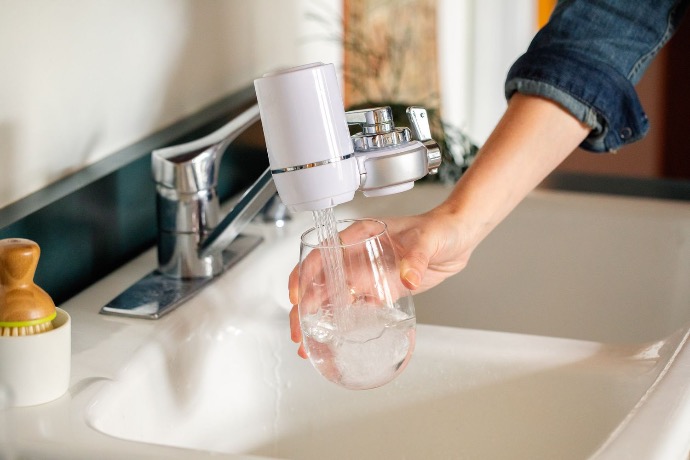
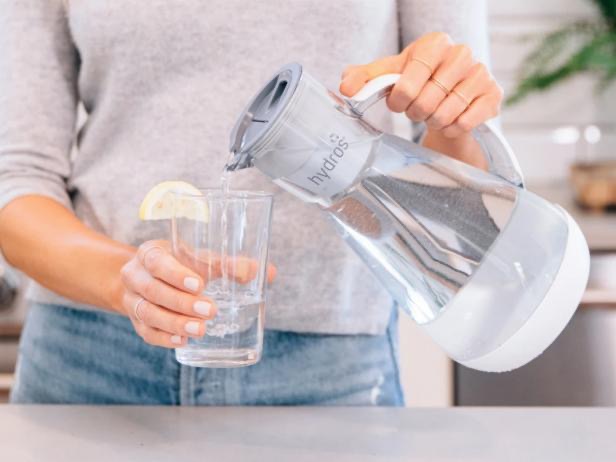
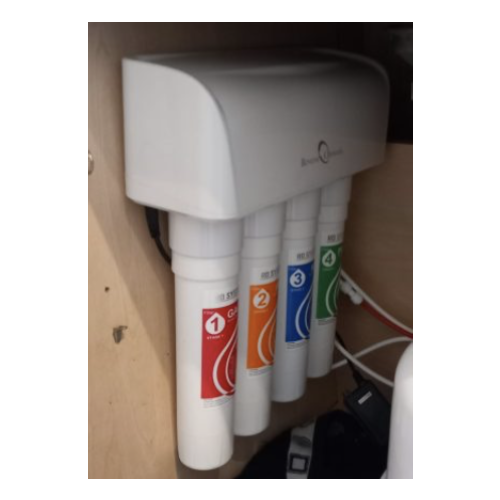
Water Purification Methods